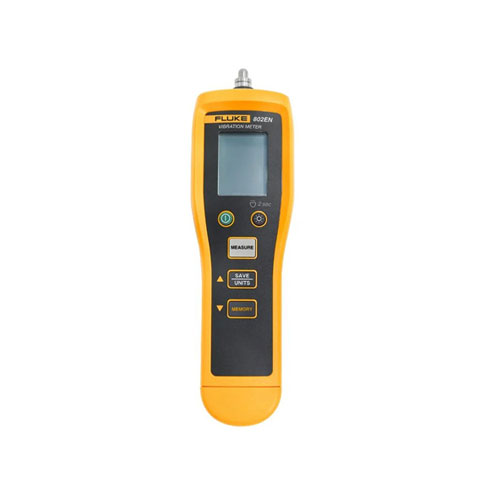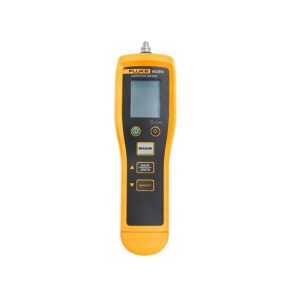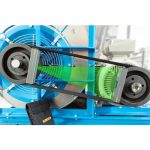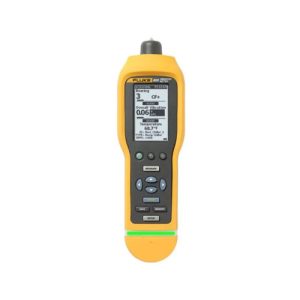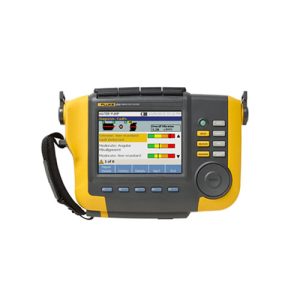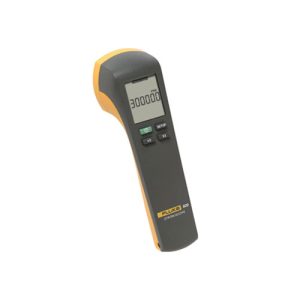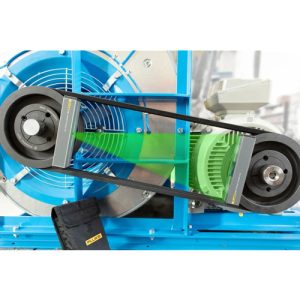Fluke 802EN Vibration Meter
- Three test modes to meet complex test environment in industrial field
- High repeatability to ensure accuracy of continuous testing
- One-button measurement to get assessment result in 6 seconds
- 99 sets of data storage, review in real-time
- Description
- Additional information
- Specifications
Description
The Fluke 802EN Vibration Meter is a dedicated handheld instrument designed for rapid and reliable vibration screening of rotating machinery. It serves as a crucial component in predictive maintenance programs, empowering technicians to proactively identify potential equipment failures before they lead to costly downtime. The Fluke 802EN Vibration Meter is a handheld tool designed for quick and reliable vibration assessments of rotating machinery. It’s a key instrument for predictive maintenance programs, allowing technicians to identify potential equipment failures before they occur.
Here’s a breakdown of its core functionality and features:
- Vibration Measurement:
- The 802EN measures vibration in terms of acceleration, velocity, and displacement, providing a comprehensive view of machine health.
- This allows users to detect imbalances, misalignments, looseness, and bearing wear, which are common causes of machinery failure.
- Ease of Use:
- A primary focus of the 802EN is its user-friendly design. One-button operation simplifies measurements, enabling even less experienced technicians to perform accurate assessments.
- This promotes quick and efficient data collection, maximizing productivity.
- Data Analysis:
- The device stores measurement data, allowing for trend analysis and tracking of machine health over time.
- It can store 99 sets of data, for later review.
- Applications:
- The Fluke 802EN is widely used in various industries, including manufacturing, petrochemical, and power generation.
- It is crucial for maintaining critical equipment such as motors, pumps, fans, and compressors.
In essence, the Fluke 802EN empowers maintenance professionals to proactively address potential equipment issues, minimizing downtime and maximizing operational efficiency.
Additional information
| Brand | Fluke |
|---|
Specifications: Fluke 802EN Vibration Meter
| Internal Piezoelectric Accelerometer | ||
| Sensitivity (typical) | 10.00 mV / m/s² ± 5% (1 g = 9.8 m/s²) | |
| Measurement | ||
| Acceleration | Range | 0.1 m/s² to 199.9 m/s² peak (rms √2) |
| Resolution | 0.1 m/s² | |
| Accuracy | ± (5 % + 2 dgt) (LO: 10 Hz to 1 kHz) | |
| ± (10 % + 5 dgt) (HI: 1 kHz to 10 kHz) | ||
| Velocity | Range | 0.1 mm/s to 199.9 mm/s rms |
| Resolution | 0.1 mm/s | |
| Accuracy | ± (5% + 2 dgt) (10 Hz to 1 kHz) | |
| Displacement | Range | 0.001 mm to 1.999 mm peak-peak (rms 2√2) |
| Resolution | 0.001 mm | |
| Accuracy | ± (5 % +2 dgt) (10 Hz to 1 kHz) | |
| Piezoelectrical Accelerometer | ||
| Typical frequency response | 10 Hz to 15 kHz | |
| Amplitude Units | ||
| Acceleration | g, m/s² | |
| Velocity | mm/s | |
| Displacement | mm | |
| External Piezoelectrical Accelerometer | ||
| DC bias voltage | 6 V dc to 7 V dc | |
| DC bias current | 3.5 mA | |
| Note: Other specifications are the same as those of the internal piezoelectric accelerometers | ||
| Battery | 2 AAA, IEC LR03 | |
| Battery life | 25 hrs for measurement | |
| Dimensions (L x W x H) | 24.1 x 7.1 x 5.8 cm | |
| Weight | 220 g | |
| Audio port | Stereo audio output jack (3.5 mm Audio Plug) | |
| External sensor port | M12 plug | |
| Environment | ||
| Operating temperature | -10 °C to 50 °C | |
| Storage temperature | -30 °C to 60 °C | |
| Operating humidity | 30% to 90% RH (non-condensing) | |
| Operating altitude | 2,000 m | |
| Storage altitude | 12,000 m | |
| Ingress Protection | IP 40 | |
| Vibration limit | 500.0 m/s² peak | |
| Drop test | 1 m | |
| Electromagnetic Compatibility (EMC) | International IEC 61326-1: Portable, Industrial Electromagnetic Environment; CISPR 11: Group 1, Class A | |
| Group 1: Equipment has intentionally generated and/or uses conductively-coupled radio frequency energy that is necessary for the internal function of the equipment itself. Class A: Equipment is suitable for use in all establishments other than domestic and those directly connected to a low-voltage power supply network that supplies buildings used for domestic purposes. There may be potential difficulties in ensuring electromagnetic compatibility in other environments due to conducted and radiated disturbances. Emissions that exceed the levels required by CISPR 11 can occur when the equipment is connected to a test object. |
||




















